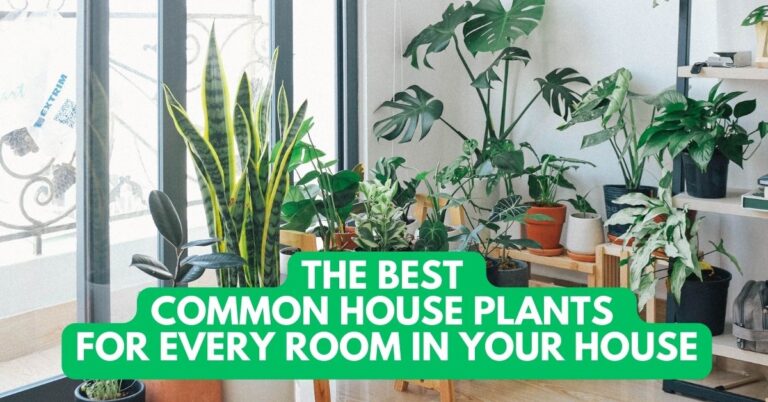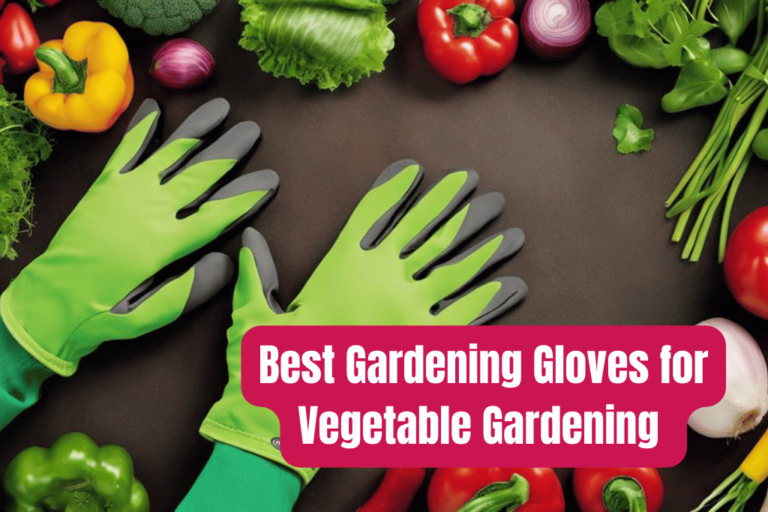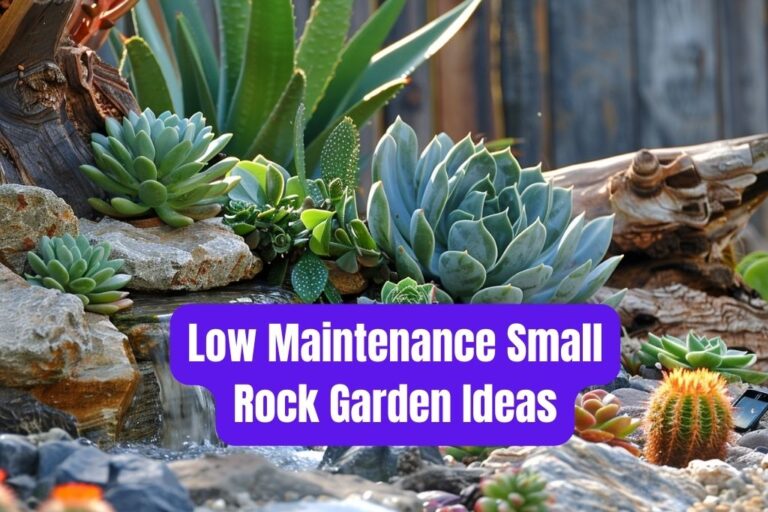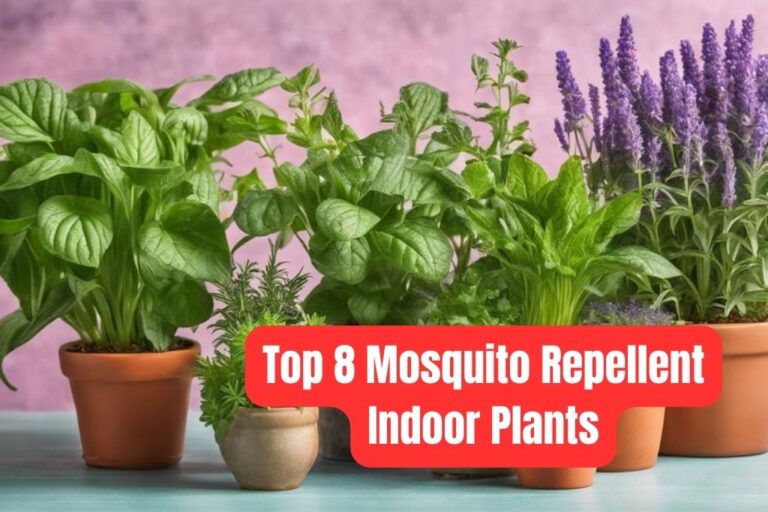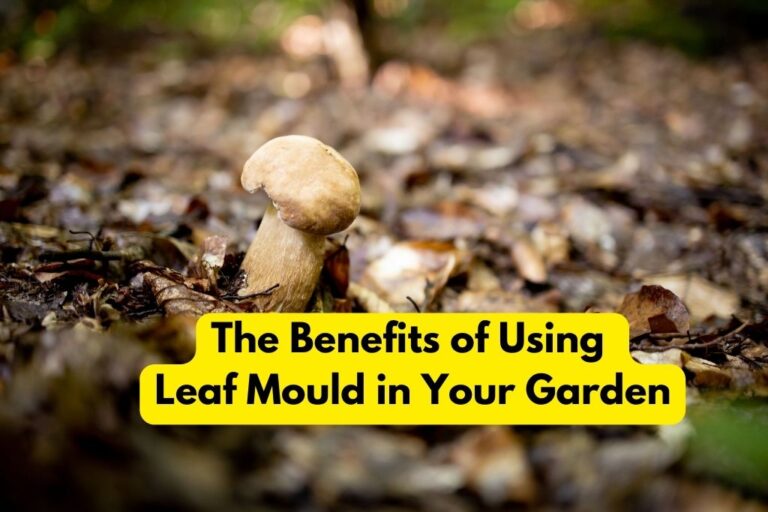Hydroponics in Small Areas: How to Grow More in Less Space
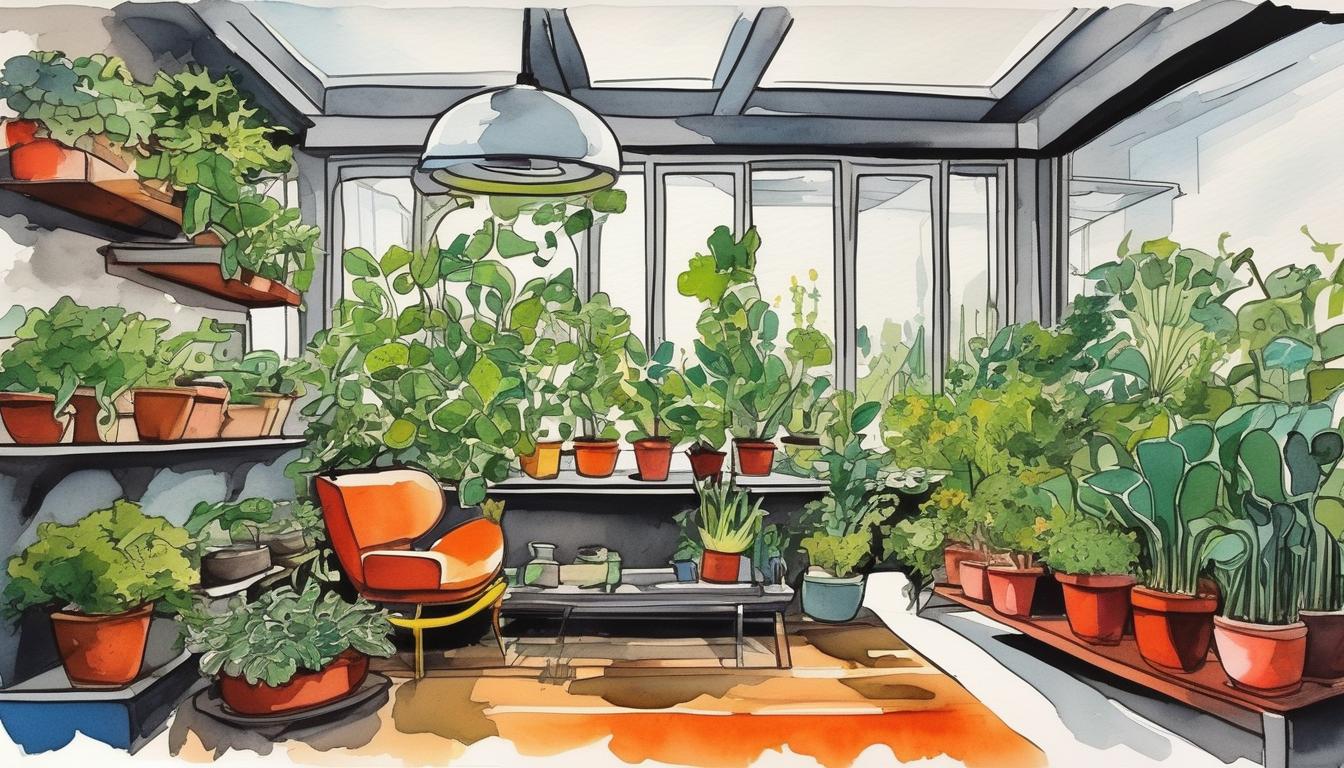
Introduction to Hydroponics
Hydroponics is a method of growing plants in a nutrient-rich solution rather than in soil. This technique has gained popularity in recent years due to its potential for increasing crop yields and reducing water consumption. Hydroponics is particularly relevant to small-scale cultivation in limited spaces, such as urban areas or areas with poor soil quality. Key terms in hydroponics include nutrient solutions, water circulation, and plant support methods.
This report will provide an overview of the basics of hydroponic systems, including the different types of systems and their components. The report will also discuss the benefits and challenges of hydroponics, as well as its potential applications in small-scale cultivation. The structure of the report will include an introduction to hydroponics, a discussion of the basic principles of hydroponic systems, and a review of the benefits and challenges of hydroponics.
Basic Principles of Hydroponic Systems
Hydroponic systems operate on the principle of providing plants with the necessary nutrients, water, and support for growth. Nutrient solutions are a critical component of hydroponics, as they provide plants with the essential macronutrients and micronutrients for growth. These solutions are typically made up of a combination of nitrogen, phosphorus, potassium, and other micronutrients. Water circulation is also crucial, as it helps to deliver nutrients to the roots of the plants and prevent waterlogged soil.
Plant support methods are also an important aspect of hydroponic systems. These methods can include trellises, stakes, and clips, which help to keep plants upright and promote healthy growth. In addition, hydroponic systems often include aeration and oxygenation components, which help to provide plants with the necessary oxygen for growth. These components can include air stones, pumps, and oxygen generators.
20-30% Estimated increase in crop yields using hydroponic systems compared to traditional soil-based systems
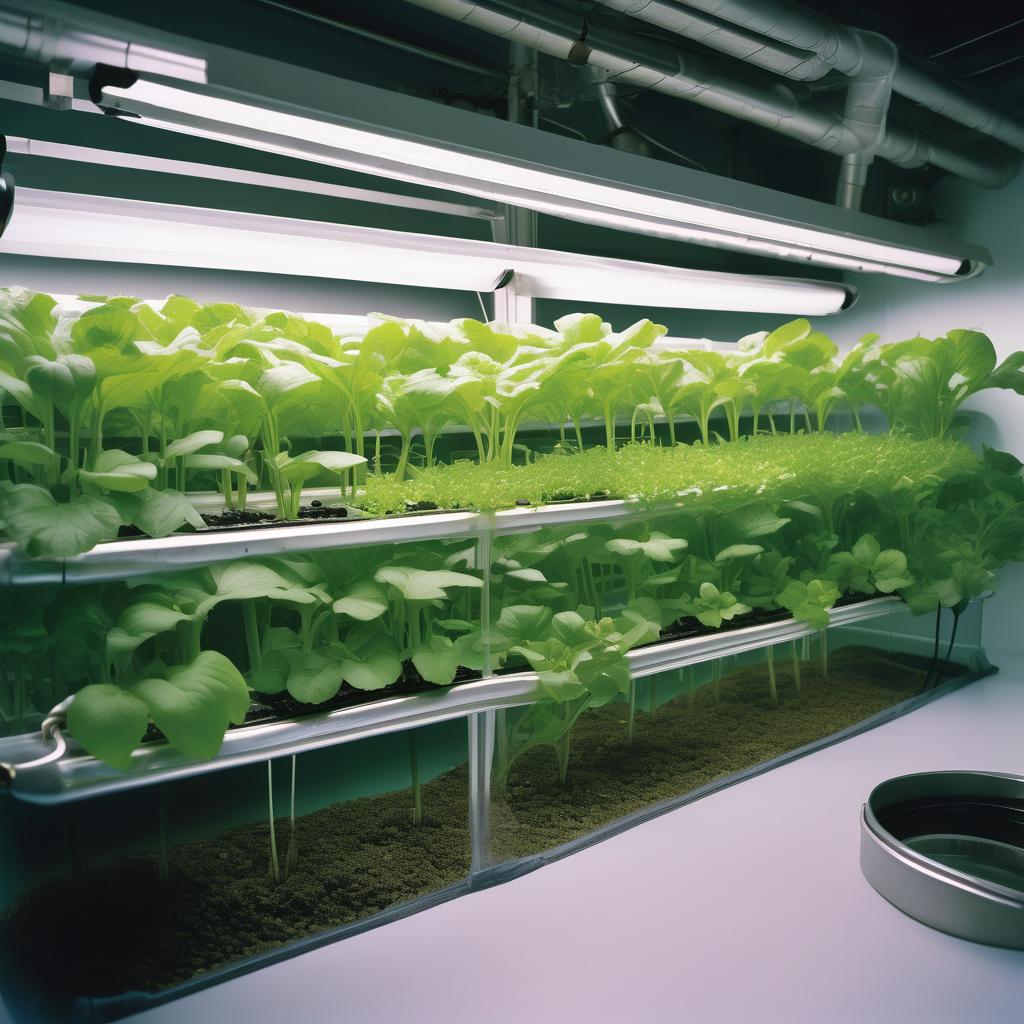
Hydroponic Systems for Tiny Spaces
For small-scale cultivation in tiny spaces, several hydroponic systems are suitable. Vertical systems, also known as living walls or green walls, involve growing plants in a vertical arrangement, often using a trellis or a wall-mounted system. Window farms are another option, where plants are grown in a vertical arrangement in front of a window, using a hydroponic system to provide nutrients.
Countertop units are also a popular option for tiny spaces, where a small hydroponic system is placed on a countertop or table. These units are often self-contained and can be used to grow a variety of plants, including herbs, leafy greens, and microgreens. Other options include wall-mounted systems, ceiling-mounted systems, and even hydroponic planters that can be placed on a balcony or patio.
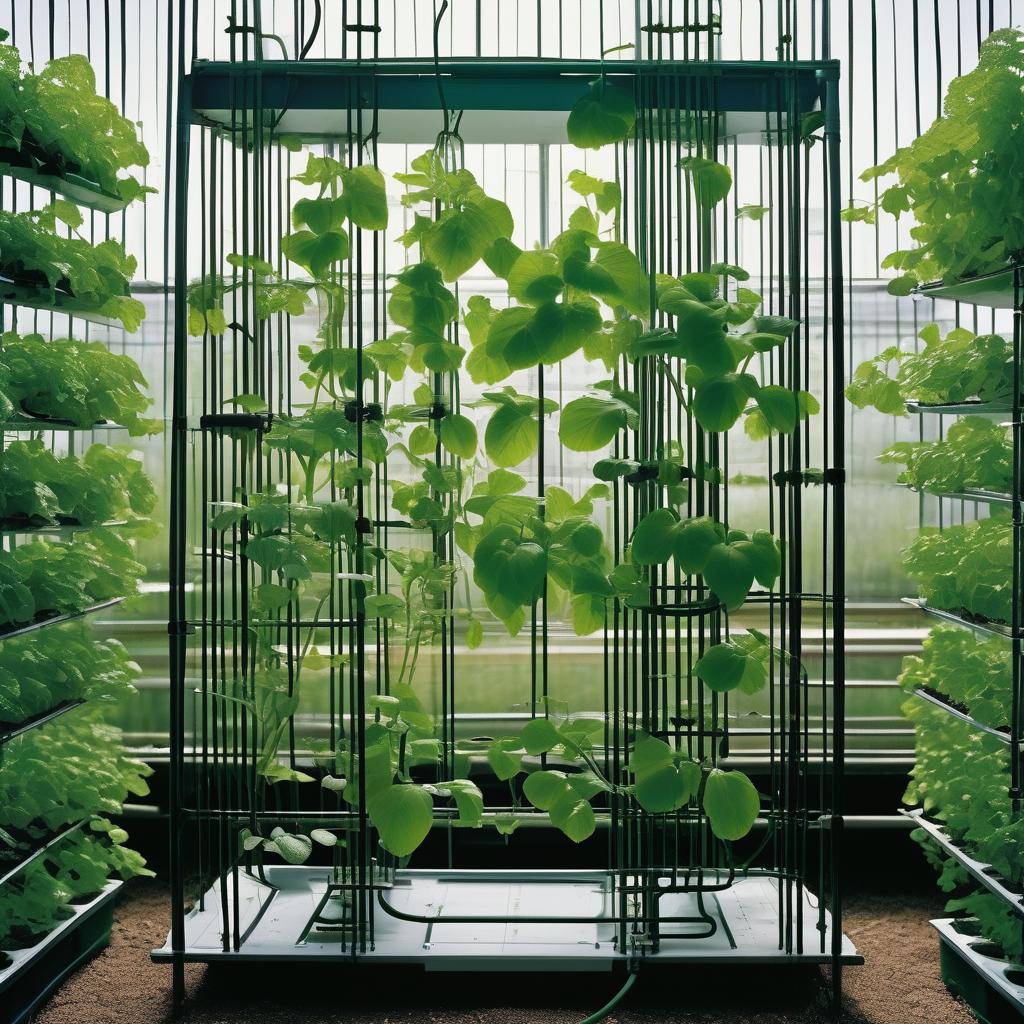
90% estimated water savings using hydroponic systems compared to traditional soil-based systems
When choosing a hydroponic system for a tiny space, it is essential to consider the space requirements, lighting, and climate. The system should be designed to maximize space while providing the necessary conditions for plant growth. Additionally, the system should be easy to maintain and monitor, with clear instructions and minimal technical requirements.
To set up a small-scale hydroponic system, several essential equipment and materials are needed. Grow lights are a crucial component, as they provide the necessary light for plant growth. LED grow lights are a popular option, as they are energy-efficient and produce minimal heat. Pumps are also necessary, as they help to circulate the nutrient solution and provide oxygen to the roots.
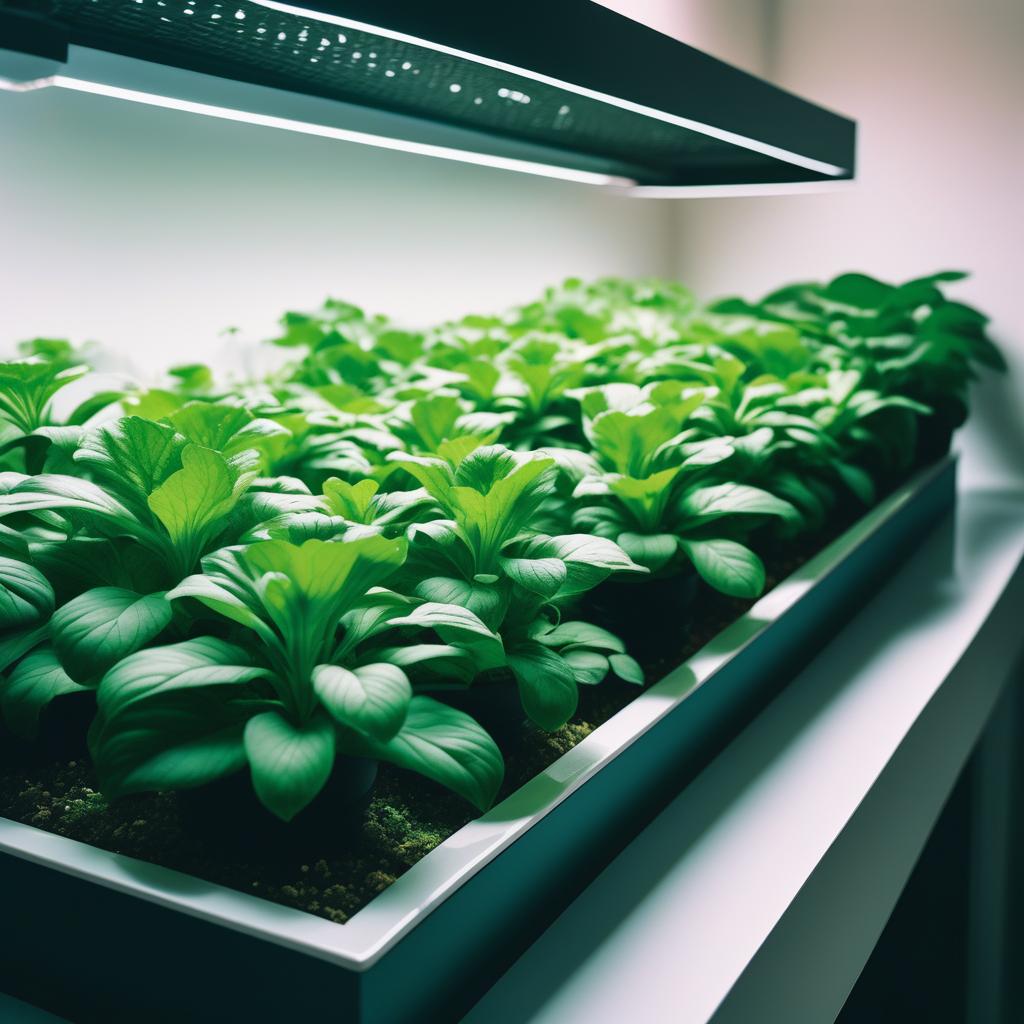
Nutrient solutions are another essential component, as they provide the necessary macronutrients and micronutrients for plant growth. These solutions can be purchased pre-mixed or made from individual components. Other essential materials include pipes, fittings, and reservoirs, which are used to distribute the nutrient solution and provide a water source for the plants.
25-50 watts Typical power consumption of LED grow lights per square foot of growing space
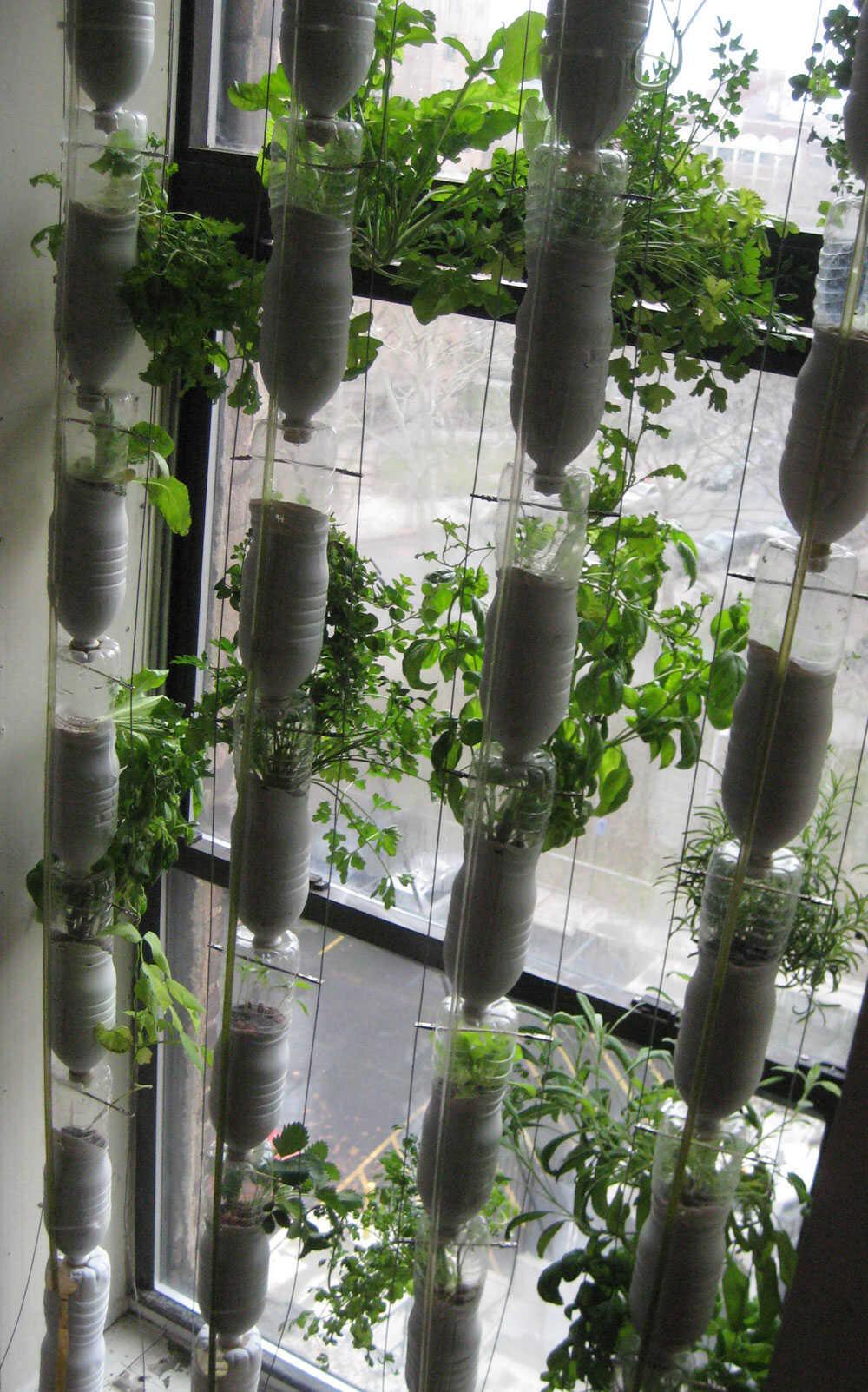
Setting up a basic hydroponic system in a small apartment or limited outdoor space requires some planning and attention to detail. The first step is to choose a location for the system, taking into account the amount of light and space available. Next, assemble the equipment and materials, including the grow lights, pumps, and nutrient solution.
The next step is to prepare the reservoir and pipes, making sure they are clean and free of debris. Then, add the nutrient solution to the reservoir and circulate it through the system using the pump. After that, plant the seeds or seedlings in the growing medium, such as rockwool or coco coir, and place them in the system.
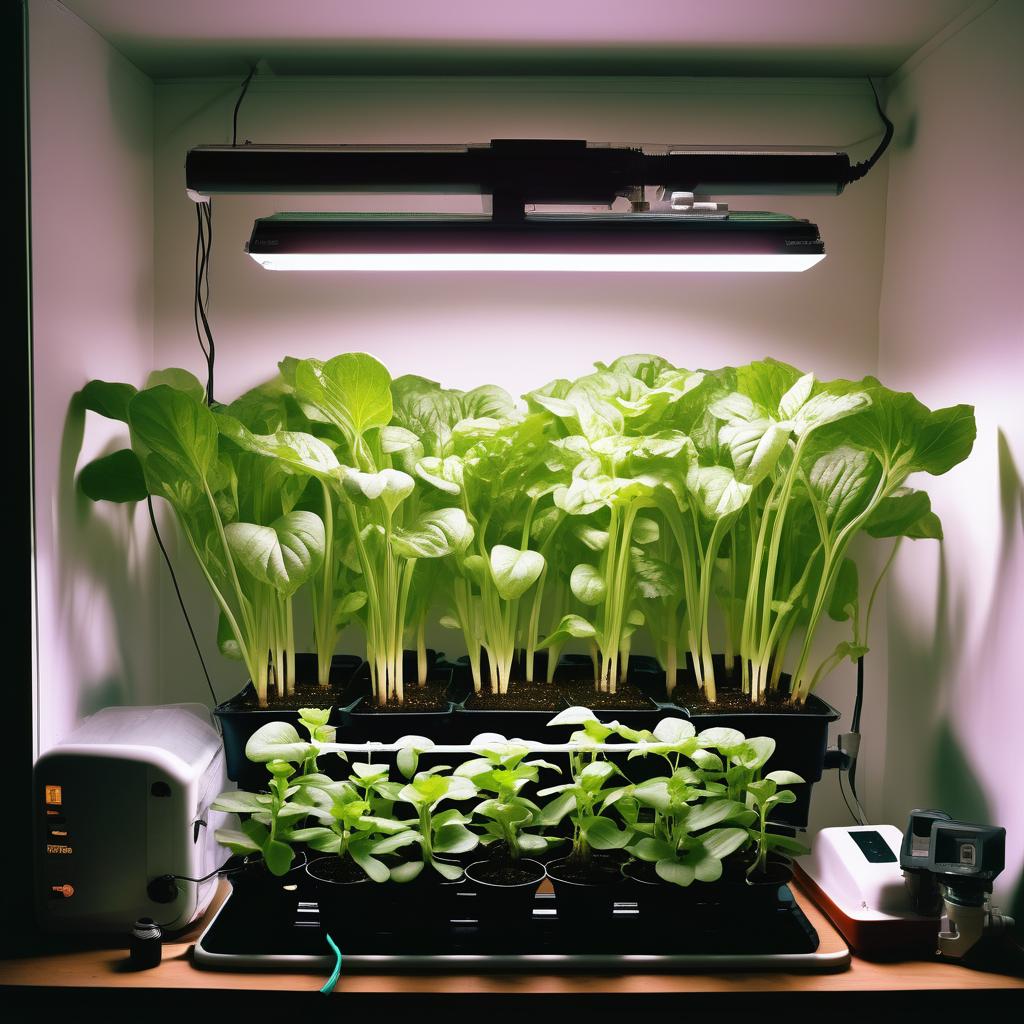
1-2 weeks Typical time it takes for seeds to germinate in a hydroponic system
| Plant | Description | Growth Cycle |
|---|---|---|
| Basil | Compact herb | 6-8 weeks |
| Lettuce | Leafy green | 4-6 weeks |
| Cherry Tomato | Compact vegetable | 8-10 weeks |
For tiny space hydroponics, it is best to focus on herbs, leafy greens, and compact vegetable varieties. Herbs such as basil, mint, and cilantro are well-suited for hydroponics, as they are compact and can thrive in small spaces. Leafy greens like lettuce, kale, and spinach are also ideal, as they have a short growth cycle and can be harvested continuously.
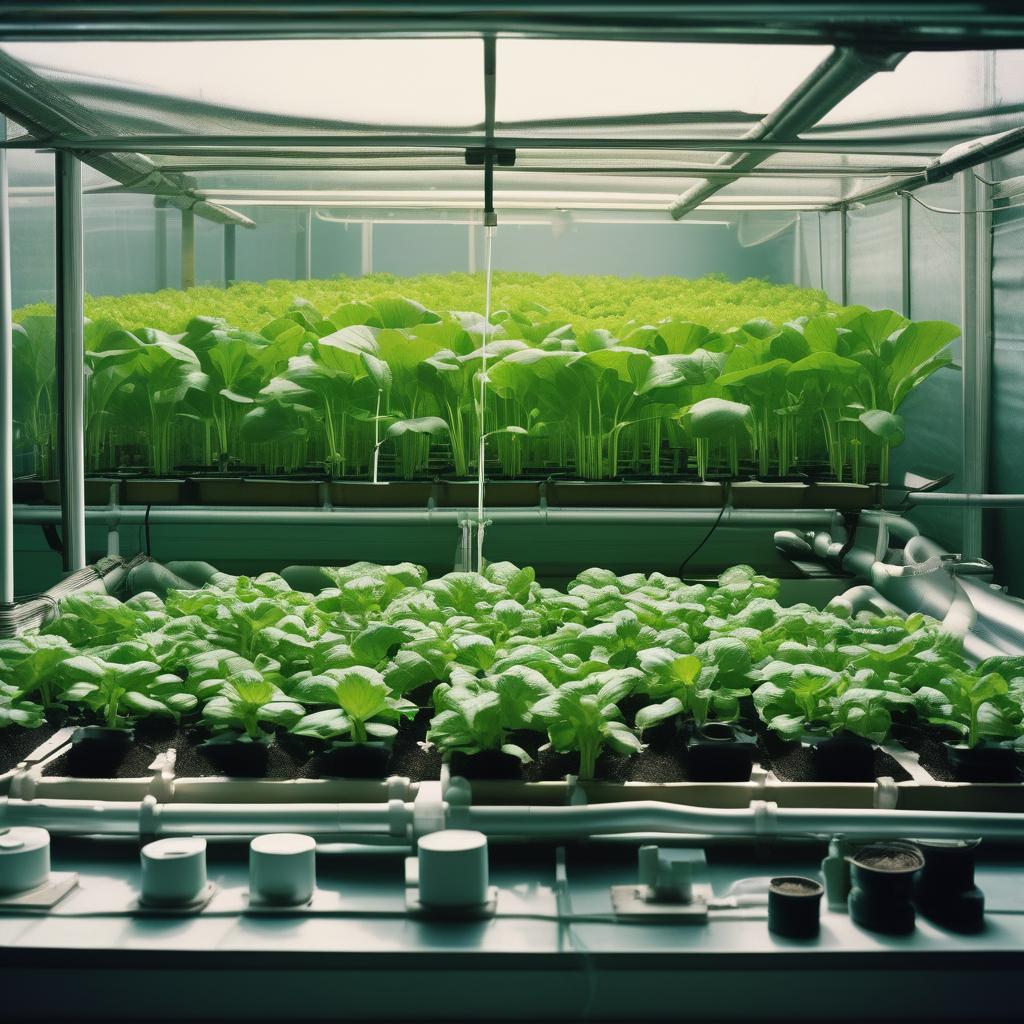
Maintaining a healthy hydroponic system in a confined space can be challenging. Common issues include nutrient deficiencies, pH imbalances, and oxygen deprivation. To troubleshoot these issues, it is essential to regularly monitor the system’s pH and nutrient levels and make adjustments as necessary. Additionally, ensuring adequate oxygenation and circulation can help prevent root rot and other problems.
Content are generated with AI, fact checked by editorial team.
Hi there! My name is Aaron and I am a gardening expert from the United States. I have always had a passion for gardening and have been practicing it for years. I have gained extensive knowledge and experience in gardening.

